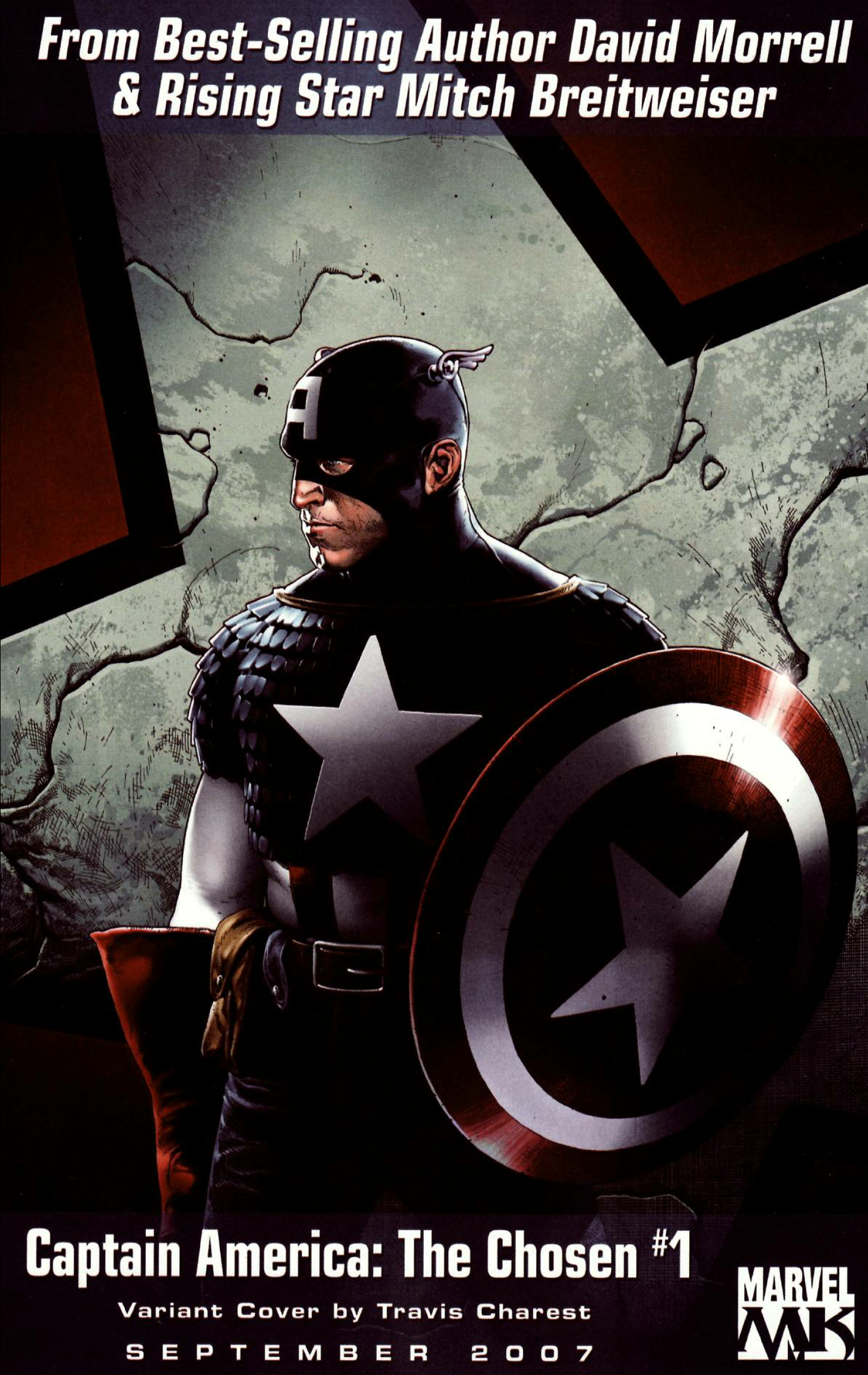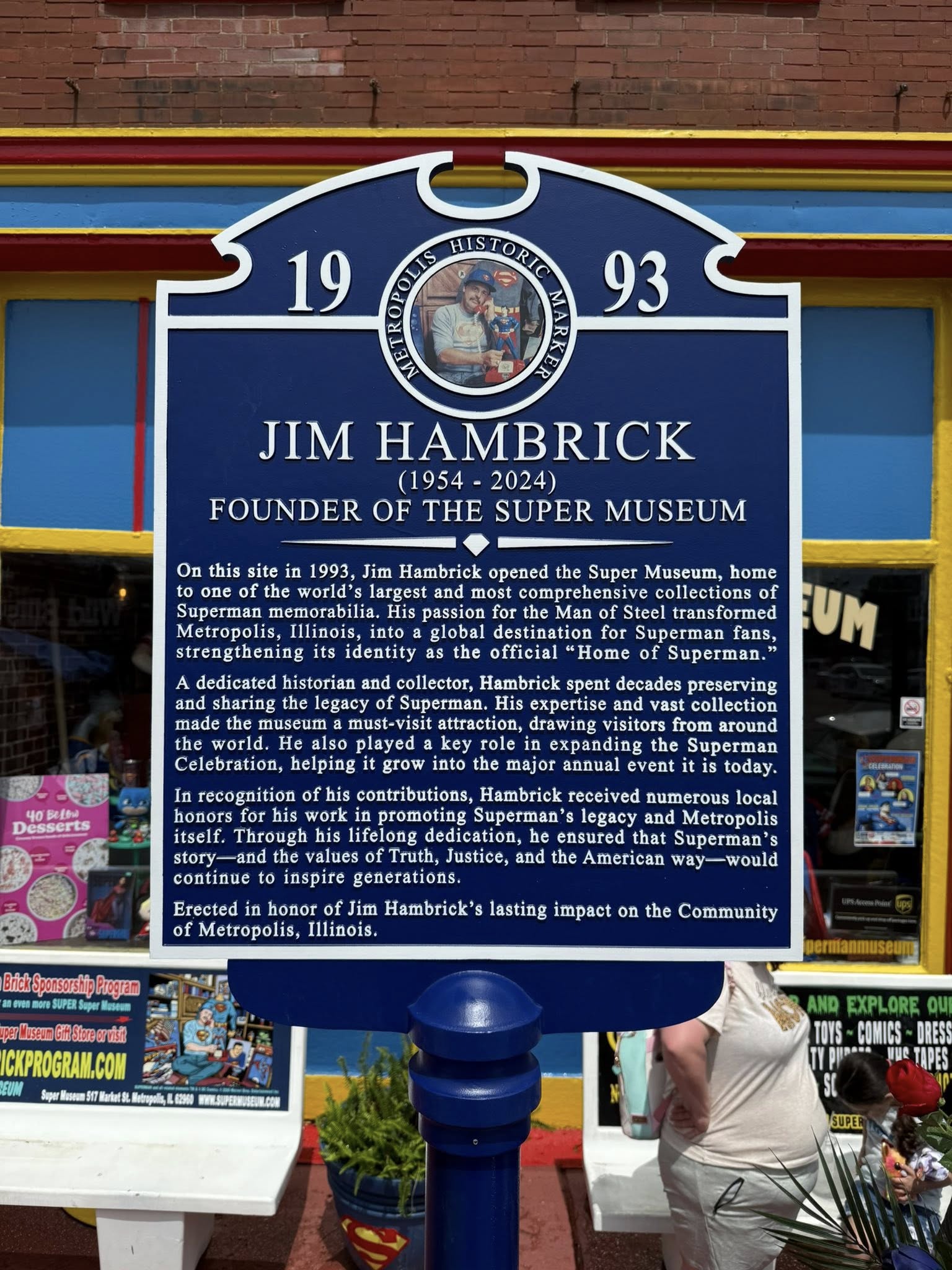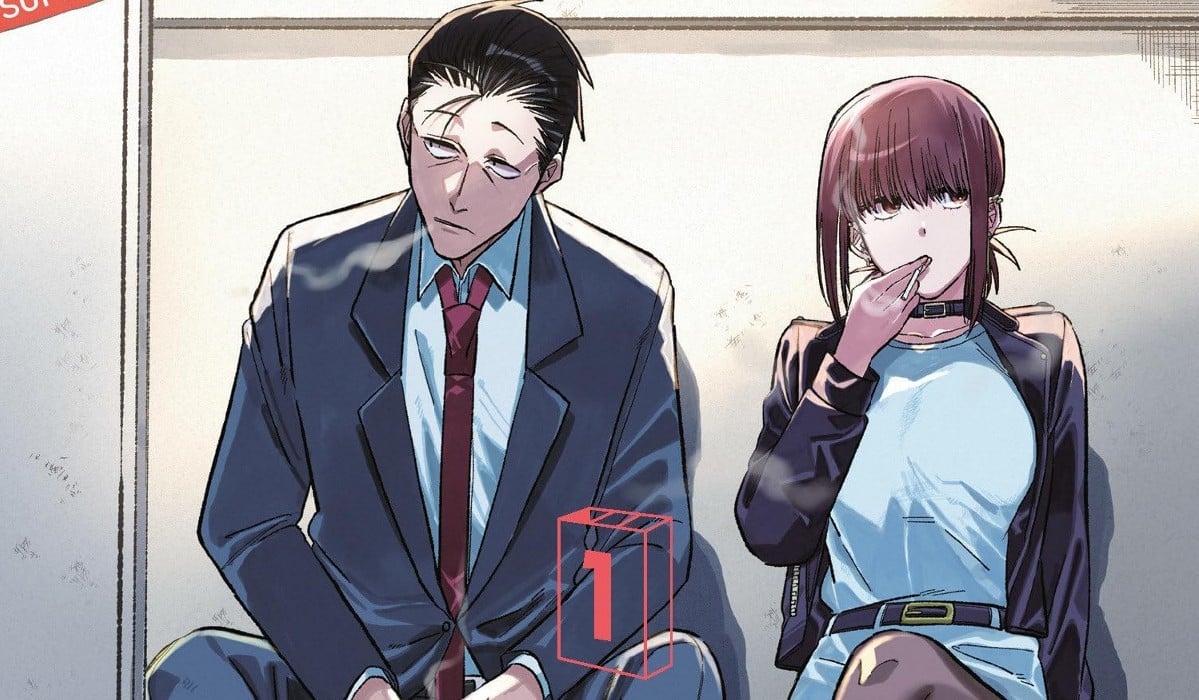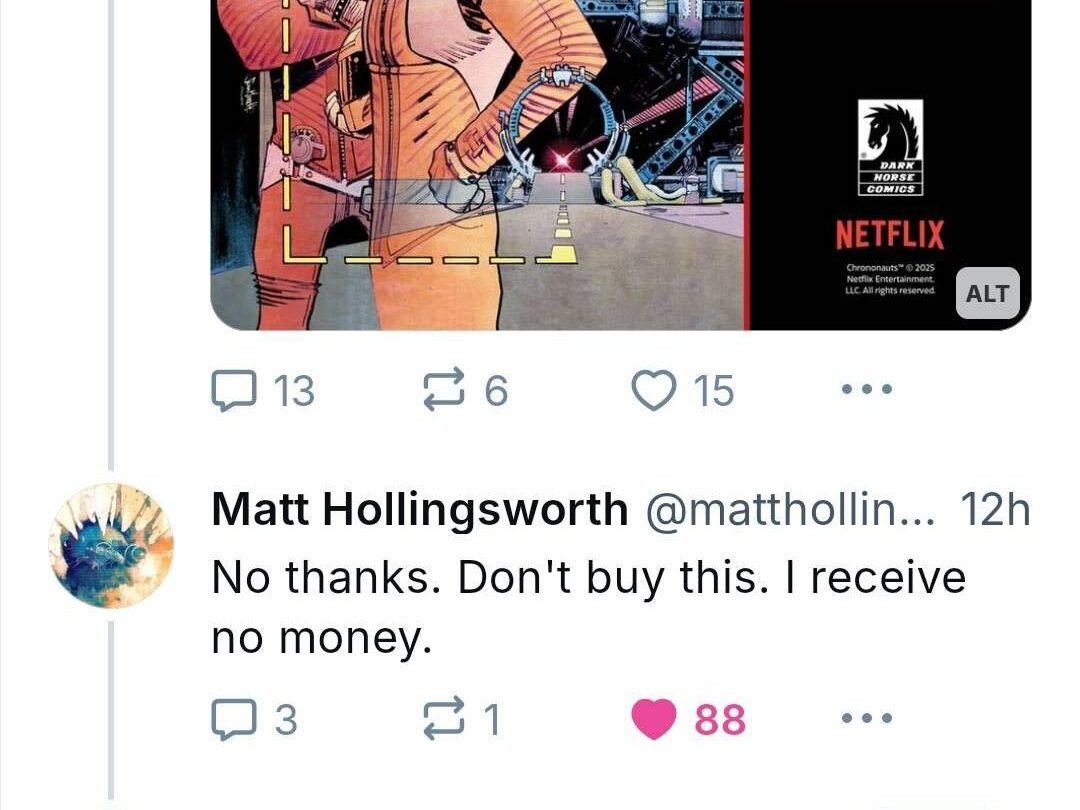The bright panels of the 1960s Spider-Man comics, complete with their breaking colors and action-oriented design, astound devotees even today. The enduring appeal of vintage comics has sparked a pop culture renaissance in which classic design informs modern films, video games, and online media. Nostalgia, the great motivator of geek culture, pushes artists to draw inspiration from the visual and thematic motifs of classic comics and reinterpret them for a new audience.
From television to interactive platforms, retro comic book imagery is leading a cultural revival that resonates powerfully with enthusiasts who are besotted with the nostalgic appeal of storytelling of yesteryear.
Retro Imagery on Interactive Platforms
Interactive platforms like online casinos have jumped on this retro trend, adopting retro comic book imagery in a bid to offer visually pleasing digital content. Moreover, due to their rise in popularity, plenty of online casino platforms aim to appeal to the aesthetic of a broader demographic. For instance, if you choose to join a platform with a BetMGM casino bonus code there is a high chance you can find a slot game with such aesthetic, among other iGaming options. Slot machines today can offer games that are full of pixelated superhero graphics or gaudy, four-color art reminiscent of 1970s comics. It is a style that is characteristic of a broader trend in geek culture that takes advantage of familiarity with visual vocabulary from old comics to establish a sense of nostalgia, connecting players to the visual traditions of their favorite childhood stories.
This approach highlights the manner in which comic-inspired graphics bring together entertainment platforms, embracing an appreciation of old-school culture.
Retro Comics on TV and Film
The influence of retro comics extends far beyond the world of online gaming. On television, shows like Stranger Things adopt a distinct 1980s comic book look, from big, bold title lettering to vibrant color schemes that evoke the style of X-Men or Teen Titans covers. These visual references create an immediate connection back to geek culture’s past, requesting the viewer to relive the excitement of thumbing through a comic at the newsstand. Similarly, films like Scott Pilgrim vs. The World utilize comic onomatopoeia and panel transitions to pay homage to the dynamic page layouts of Silver Age comics, blurring nostalgia and modern storytelling techniques.
Retro Influence in Video Games
Video games also draw heavily from old comic art visuals, particularly within the independent market. Cuphead-type games emulate the rubber-hose animation style used by cartoons of the 1930s, which are themselves visually descended from early comic strips. The hand-drawn look and bright colors of the game bring about the same sense of wonder provided by vintage Superman or Batman comics, proving that retro art does have a place in interactive media. This resurgence is a manifestation of a broader cultural fascination with authenticity, where developers use retro styles to get themselves heard in a crowded digital space.
Key Elements of Retro Comic Impact
Retro comics are beloved because they are bold and straightforward, characteristics that simply translate across media. These are key ways in which retro comic design affects current pop culture:
- Bold Color Schemes: The four-color printing technology of vintage comic books drives bold color schemes in video games and film.
- Dynamic Composition: Comic book-like panel changes in movies and television shows drive dynamic narrative.
- Retro Typography: Retro fonts, like those on classic comic book covers, grace media logos.
- Over-the-Top Art Styles: Over-the-top character design, like that of Jack Kirby’s, fuels modern animation.
- Cultural Referents: References to favorite nostalgic classic comic moment icons trigger both recognition and applause from audiences, uniting them in a common geek culture.
Blending Old and New in Story
It’s not so much about appearance; it’s about storytelling. Old comics were frequently straightforward tales of established heroes and villains, something straightforward compared to the current complex, interconnected film universes. Series like The Umbrella Academy combine present-day story with period comic visuals, using grainy textures and thick outlines to recreate the appearance of 1980s independent comics. This fusion of the old and new is a particular form of cultural bridge, allowing readers to celebrate the past while engaging with modern storylines.
The Search for Authenticity
The vintage charm of classic comics also reflects a search for authenticity in an age that is swimming in digital sheen. People are drawn to the human imperfections of hand-drawn comics, smeared ink, and mis-registering print, which are more evocative than the overly slick CGI of the present day. It is this human touch that drives the appeal of retro-style merchandise, from 1980s soundtrack records on vinyl to replicas of old Marvel and DC comics. Geek culture thrives on this sense of history, in which the physical contact of a comic book itself is a witness to collective fandom.
A Perpetual Cultural Legacy
As pop culture continues to draw from the rich legacy of comics, retro themes will similarly continue to push their profile. Through the union of vivid imagery and antiquated storytelling, artists tap into a pool of cultural energy that communicates across generations. From films, video games, to the internet, the essence of retro comics is part and parcel of contemporary creativity, indicating geek culture’s love for things of the past is a powerful influence behind modern creative rebirth.




















 English (US) ·
English (US) ·